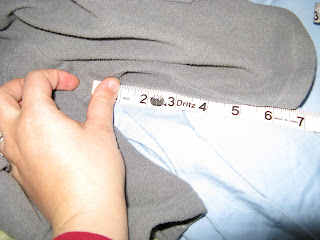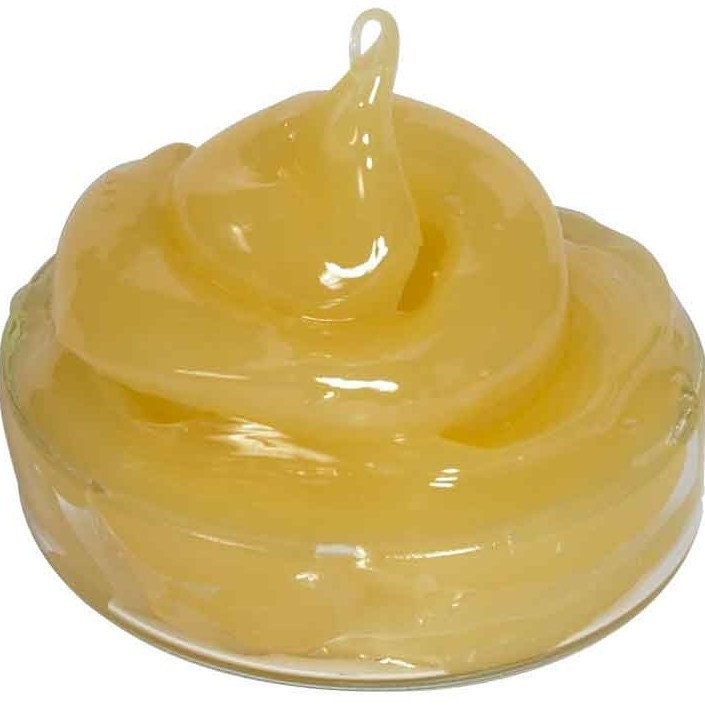You Need:
An adorable baby and a measuring tape! The booger sucker is optional. All measurements should be done over a diaper, preferably the diaper or type of diaper you are likely to use with your woolies!
For All Wool Garments
Rise
 |
| Start at the baby's belly button, then pass the measuring tape down under their crotch |
 |
| Hold the front of the measuring tape in place, then flip the baby over and bring it up to the top of the back of their diaper. |
 |
| This can be measured right at belly button level. Wrap the tape around, then read the number! |
 |
| Do this at the widest part of the baby's hips. Again, just wrap the tape around and then read! |
For Longies (Pants)
You can measure leg length several ways. The 2 easiest are below. If your child is old enough, you can also take this measurement while he/she is standing. All should be measured from the diaper's crotch, not the very top of the legs, as most woolies have a gusset that allows extra room for the diaper and is not considered part of the leg length.
 |
| Measure your child lying down. Start at the crotch of the diaper and measure down as far as you want the legs to go. Note that most babies bend their knees, so make sure you account for that! |
For Shorties and Skirties
This is optional, but you may want to measure how long you would like your shorty/skirty to be. If so, you measure from the crotch again, but just stop at whatever point you want the garment to stop.
For Diaper Covers/Soakers
You are going to want to measure the thigh. I like to take this measurement just outside the leg openings of the diaper, since that's where you want the leg openings of your cover to be.
 |
| Just wrap around and read! |
 | ||
| Side view! |
And that's it! Pretty easy, right? Let me know if any of these don't make sense or you want more detailed photos!
















